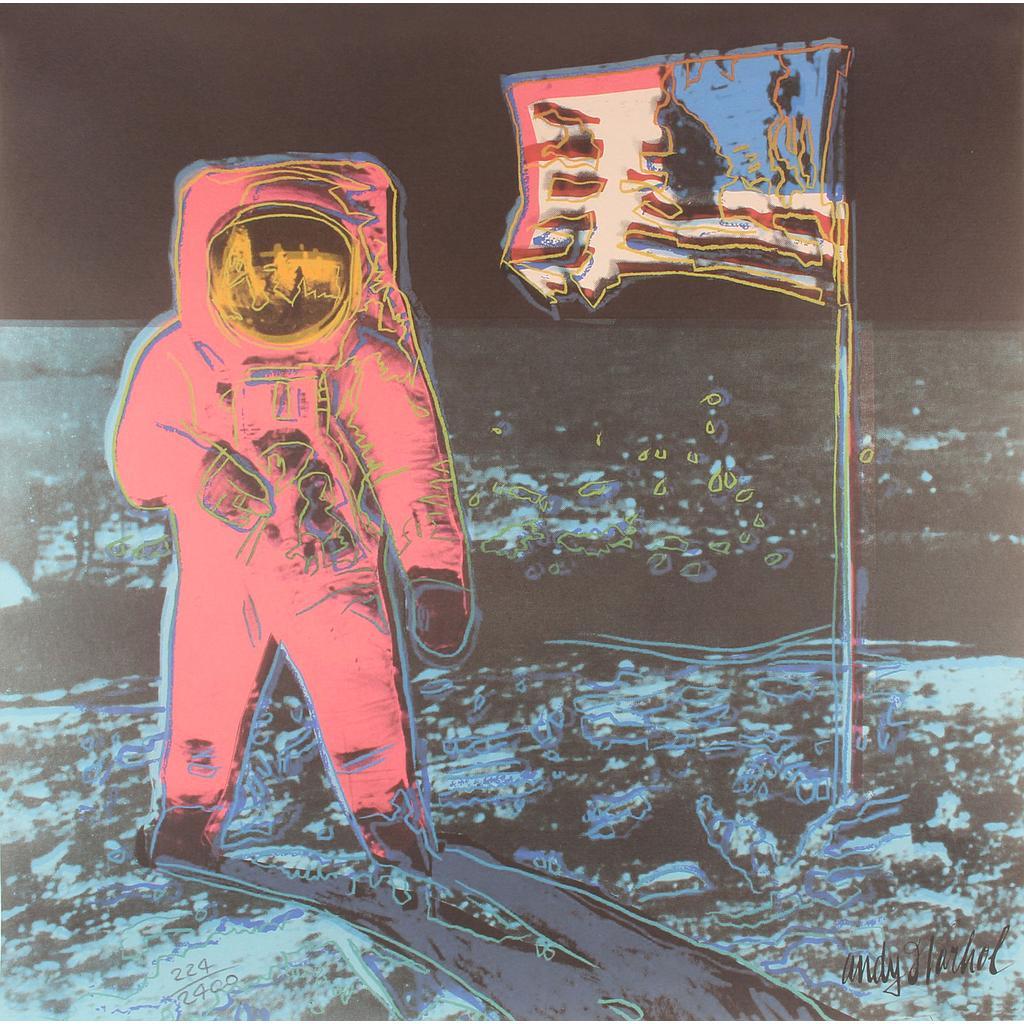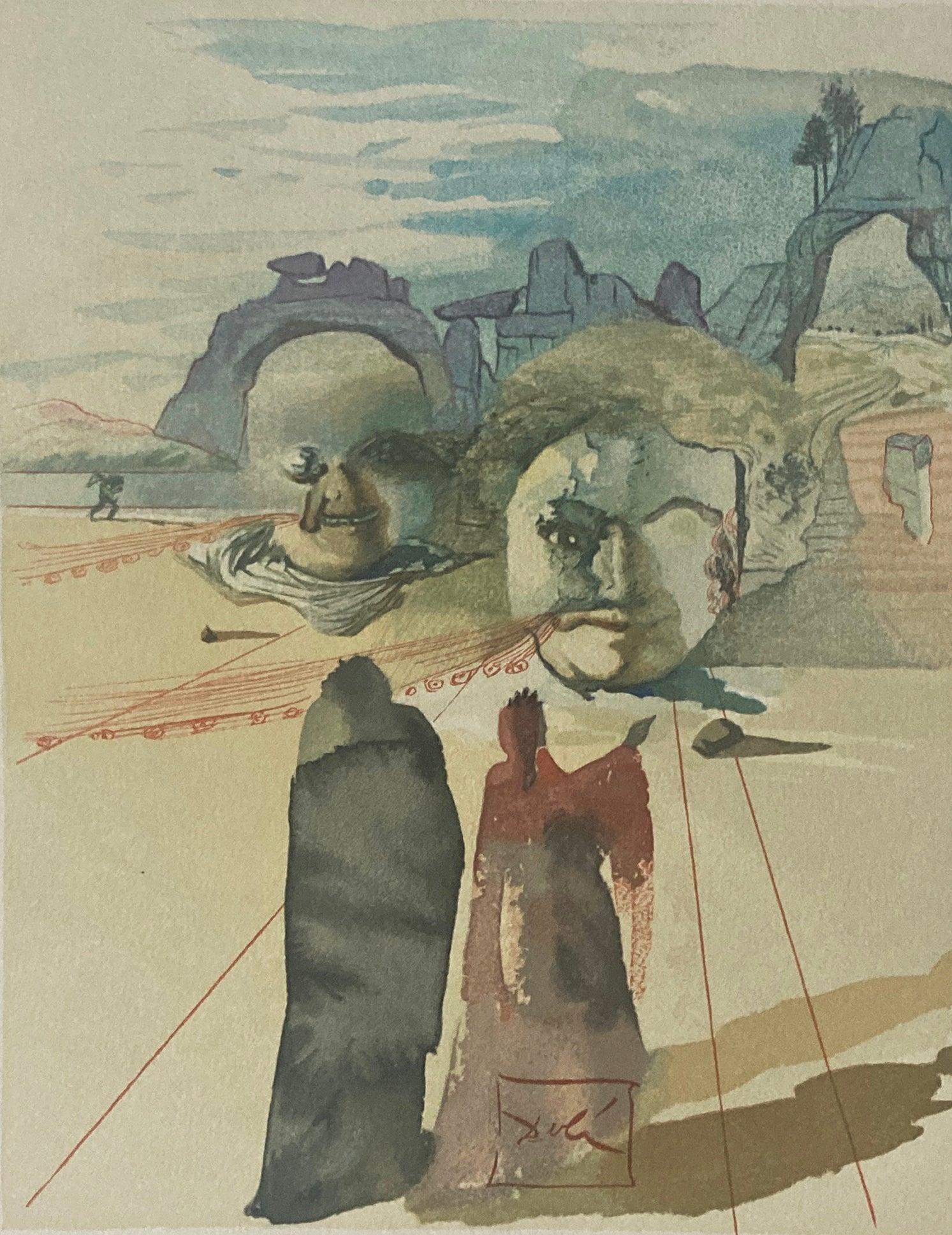
What turns a work of art into an icon? Is an icon an image that transcends time and space to become part of our visual culture? The journey to discover what makes an image iconic is not just about appreciating a single painting or a stroke of genius: it is about dissecting the history, eras and innovations that converge in that decisive moment of creation. Indeed, 'icon' status is only attributed to the most unforgettable and ubiquitous images of our time. In a world where every photograph, print and painting competes for attention, the question of what elevates an image to iconic status remains pertinent.
The essence of an iconic image
When it comes to defining an iconic image, both prints and photographs emerge as pivotal points in the broader history of art. But what makes an image iconic? An iconic image transcends mere visual representation, becoming a driver of narratives that resonate with immediacy and have the ability to evoke deep emotional responses in the viewer. There are many iconic images, ranging from portraits of cultural icons like Elton John and Bridget Bardot to evocative political scenes, each carry a distinct story.
When exploring the elements that come together to create an iconic work of art, we agree that the interplay between timing, subject matter and the artist's unique vision is crucial. This combination is never incidental. On the contrary, this perfect combination of the right time, the right place and also the right artist, comes together to perfectly capture the spirit of the times in which they live. It is this synergy that distinguishes iconic images from the rest.
Iconic photography, as discussed, is more than something instantaneous. It is a reflection of moments that serve to define cultural and historical narratives. The power of these images lies in their ability to tell a story, to freeze a moment in time that continues to speak, resonate and inspire long after its creation. In fact, there are great parallels to be drawn with the iconic prints of our time. While a photograph has the ability to artistically distill a moment, prints and editions speak to how evolution views the artist. In essence, an image's journey to becoming iconic is a fascinating interplay of artistic vision, historical context, and the ability to connect on a deeper - often unspoken - level. The greatest artists and photographers create not just works of art, but a lasting legacy.
The untold stories
While highlighting the fundamental selection process for photography, it is necessary to emphasize the importance of shaping the narrative of an image. When a photographer selects an image from among others, he is not just choosing a final image, but creating a story - leaving behind a trail of untold stories encapsulated in the frames that were not chosen. This process is a delicate balance between the artist's intuition, vision and understanding of the cultural and emotional weight that an image can carry.
In parallel, the world of printing and editing reflects this complexity. Here, the journey from initial concept to final print involves a series of decisions that shape the final form of the artwork. Artists working in this medium also grapple with choices about color, composition, and texture—each decision echoing through the final piece.
The evolution and future of iconic photography
The evolution and future of iconic photography promise to continue exploring new frontiers, even in a scenario where image creation and digital manipulation are predominant. There is a growing appreciation for authenticity and genuineness in photography, with a renewed emphasis on capturing real, unfiltered moments. In a world where digital manipulation is commonplace, contemporary photographers are rediscovering the power of authentic images, those that capture the truth of everyday life, evoking genuine emotions.
The future of iconic photography may lie in the search for true moments and authentic stories, defying the trend of digital manipulation and valuing pure visual storytelling. This authenticity will continue to be the common thread that elevates certain images to the status of icons, making them timeless and capable of transcending the barriers of time, impacting future generations.
Indeed, in an era where image creation and digital manipulation are rampant, there is a need to return to the genuineness that originally made photography so powerful. This authenticity is what has historically given photographers their iconic status, transforming them into timeless pieces that resonate across generations.
Collect photographs and prints
When combined, photography and prints and editions can be complementary forces within an art collection. Embracing both mediums can contribute to a more comprehensive and insightful collection that celebrates both the captured moment and the evolved vision.
Collecting photographs is often driven by the search for captured moments in time - moments that may have personal significance to the collector. An iconic photograph can serve as a window into the past, offering a tangible connection to moments that shaped someone's personal history or society as a whole. The appeal is in the raw, unfiltered capture of reality, a single frame that encapsulates an entire narrative.
In contrast, prints and editions appeal to those who appreciate the meticulous work and conceptual development behind a work of art. However, this does not mean that these two mediums do not intersect - as we see in the particularly powerful examples of David Hockney's Photocollages and Polaroid photographs of Andy Warhol. Like photography, this medium allows collectors to engage with the artist's process, understanding the evolution of an idea from its conception to its final form.
What makes an image iconic?
The essence of an iconic image lies in its unique ability to transcend time and become immortalized in visual culture. It is not just a visual representation, but a powerful narrative that resonates with the viewer, evoking a deep emotional response. An iconic image captures not just a moment, but tells a complete story, being able to connect and communicate in an immediate and lasting way, going beyond the boundaries of time and space. It is the unique combination of timing, theme and artist's vision that seamlessly merge to capture the spirit and meaning of an era, leaving a legacy that lasts through generations.







